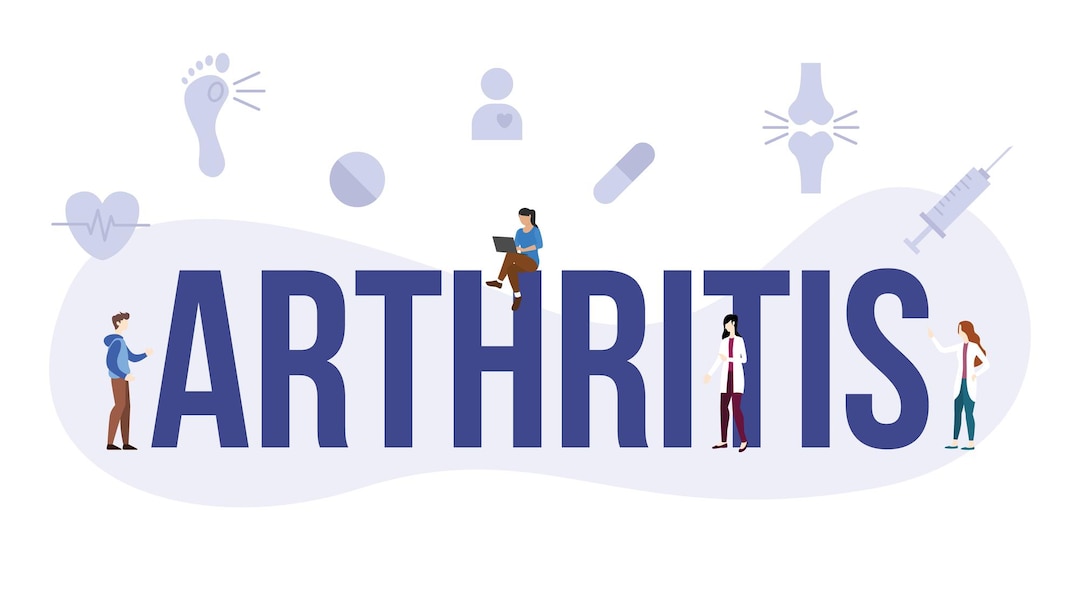Arthritis is a common medical condition that affects the joints, causing pain, inflammation, and stiffness. It is a chronic condition that can have a significant impact on a person's quality of life. In this article, we will explore the different types of arthritis, symptoms, causes, and available treatment options.
There are over 100 different types of arthritis, with the most common ones being osteoarthritis and rheumatoid arthritis. Osteoarthritis occurs when the protective cartilage that cushions the ends of bones wears down over time, leading to pain and stiffness. Rheumatoid arthritis, on the other hand, is an autoimmune disorder where the body's immune system mistakenly attacks the lining of the joints, causing inflammation and joint damage.
The symptoms of arthritis can vary depending on the type and severity of the condition. Common symptoms include joint pain, swelling, stiffness, limited range of motion, and difficulty performing daily activities. These symptoms can worsen over time if left untreated.
The exact causes of arthritis are not fully understood. However, certain factors can contribute to its development. These include age, genetics, obesity, previous joint injuries, and infections. Additionally, some forms of arthritis like rheumatoid arthritis have an autoimmune component, suggesting a complex interplay between genetic and environmental factors.
Managing arthritis often involves a combination of medication, lifestyle changes, and physical therapy. Nonsteroidal anti-inflammatory drugs (NSAIDs) are commonly prescribed to reduce pain and inflammation. In more severe cases, disease-modifying antirheumatic drugs (DMARDs) may be used to slow down joint damage in conditions like rheumatoid arthritis.
Physical therapy plays a crucial role in managing arthritis by improving joint flexibility, muscle strength, and overall mobility. Occupational therapy can help individuals make necessary adaptations to their daily routines to minimize joint stress.
Lifestyle changes can also make a significant impact on arthritis management. Regular exercise, maintaining a healthy weight, and adopting joint-friendly techniques for daily activities can help reduce pain and improve overall joint function. In some cases, assistive devices such as braces or splints may be recommended to support affected joints.
While there is no cure for arthritis, early diagnosis and appropriate treatment can significantly improve the quality of life for individuals living with the condition. It is essential to consult with a healthcare professional for an accurate diagnosis and to develop a personalized treatment plan.
In summary, arthritis is a complex condition that affects millions of individuals worldwide. By understanding its types, causes, symptoms, and available treatment options, individuals can better manage their arthritis, alleviate pain, and maintain an active and fulfilling lifestyle.
#general
Be the first to post a message!